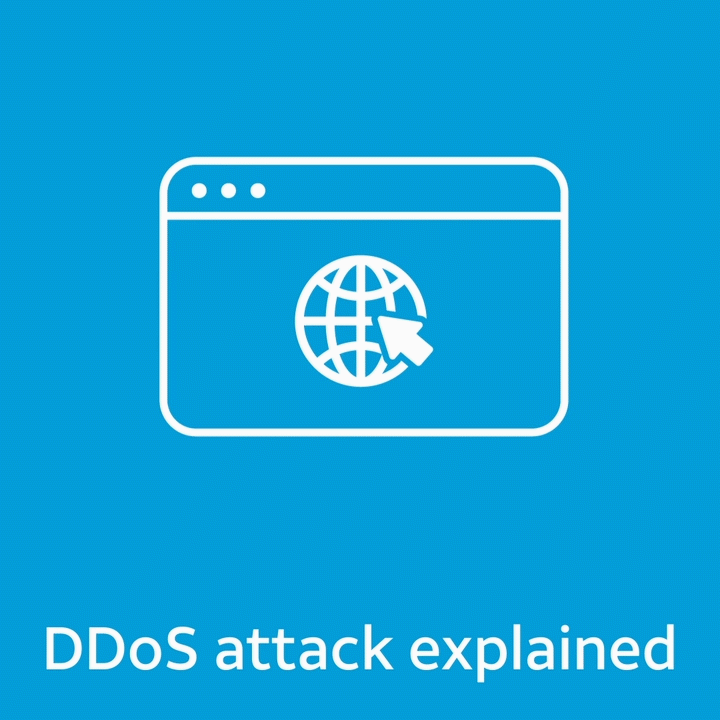DDoS stands for distributed denial-of-service attack. You may also see the term DoS, denial-of-service attack. In both cases, hackers flood a website or mobile application with traffic. This overwhelms the servers and shuts down the website or app.
To conduct a DDoS attack, the bad guy coordinates thousands of computers or devices distributed across the internet to strike simultaneously, rather than using a single machine.

DDoS attacks are becoming more frequent and complex every day, especially with the growing use of “smart” devices. The Internet of Things (IoT) is spreading into all areas of our daily lives, from our home thermostat and refrigerator to the vehicles we drive. These connected devices make life easier and efficient. But if not properly protected, they may allow bad guys to use them for carrying out their DDoS attacks against organizations of all types, including retailers, hospitals and even utility companies.
How does this happen? “Smart” devices are typically manufactured with simple default passwords, like 0000 or PASSWORD. Many consumers and businesses do not change those default passwords when they install the device. That means hackers can easily guess the default password, take over the device and use it in an attack. They build up a network of these “bots” and use malicious software to attack.
You can help secure your “smart” devices and prevent DDoS attacks by resetting default passwords with strong, secure passwords. You can learn more about creating passwords in this Cyber Aware blog. If someone is installing the device for you, make sure they change the default password during installation.
While DDoS directly hurts businesses, the attacks also threaten critical infrastructure and emergency services. The attacks can potentially affect you in the following ways:
- Slow your network or Wi-Fi performance
- Prevent you from visiting an affected website (this could include your bank or email)
- Block you from the internet
- Increase the amount of spam email you receive
- Shut down the “smart” device
- Expose personal data on your home network
That is why it is so important to protect yourself by changing default passwords.
For businesses of all sizes, AT&T offers DDoS protection solutions as part of a range of security technologies. Learn more on our website.